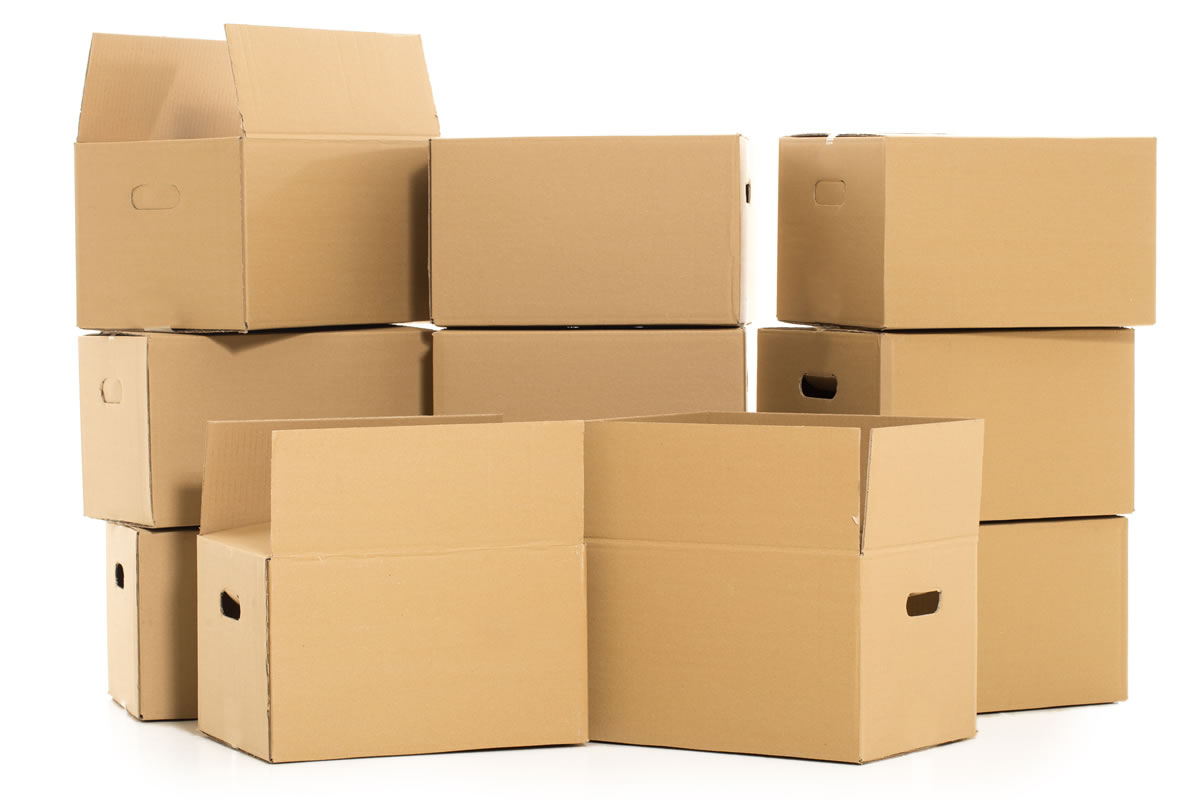
Although the recycling of paper and cardboard may seem simple and has been around for a long time, several questions still remain for certain types of packaging. Many end up in garbage cans! Some products made of paper or cardboard do not recycle for a variety of reasons. Paper/cardboard represents about 19% of the residual materials produced by a typical household. This makes it the second most important waste topic after compostable materials.
To facilitate sorting at home, here is a summary presentation of commonly used paper and cardboard packaging separated into 2 categories: recyclable and non-recyclable.
We often get rid of our paper and cardboard packaging without worrying too much about their impact. Many heavily soiled containers are then recycled, and others that are recyclable are thrown in the garbage. But how to fix it? By making a first simple sort at home! Keep in mind that recycling paper and cardboard can give them a second life.
There is a lot of packaging that we do not really know where to leave. The materials are either reusable, recyclable, compostable, biodegradable, oxo-biodegradable or disposable . So there are some questions to ask yourself before doing the action of throwing it away. We will therefore demystify what types of paper and cardboard packaging are recyclable or disposable.
It is a packaging for foods or beverages, such as juices , milk , cream , soups and broths , wine , etc. These containers are not waxed; they can therefore be recycled. Did you know that just about 70% of this type of packaging is currently recycled in Orlando, while 99% of these containers are recyclable.
All corrugated cartons (brown) used to package or protect various kinds of products and goods are recyclable, such as cartons in cookie wrappers.
The sheets of paper used for the printer or simply to write are all recyclable. Put them in your recycling bin without crumpling them. As for shredded paper, you must put it in a transparent bag before you leave it in your bin. Whole paper can also be added to the same transparent bag as your shredded paper.
Recycling of paper and cardboard reduces the mountain of waste and requires little effort on the part of the consumer. To find out more about cardboard recycling in Orlando, visit www.orlando-recycling.com